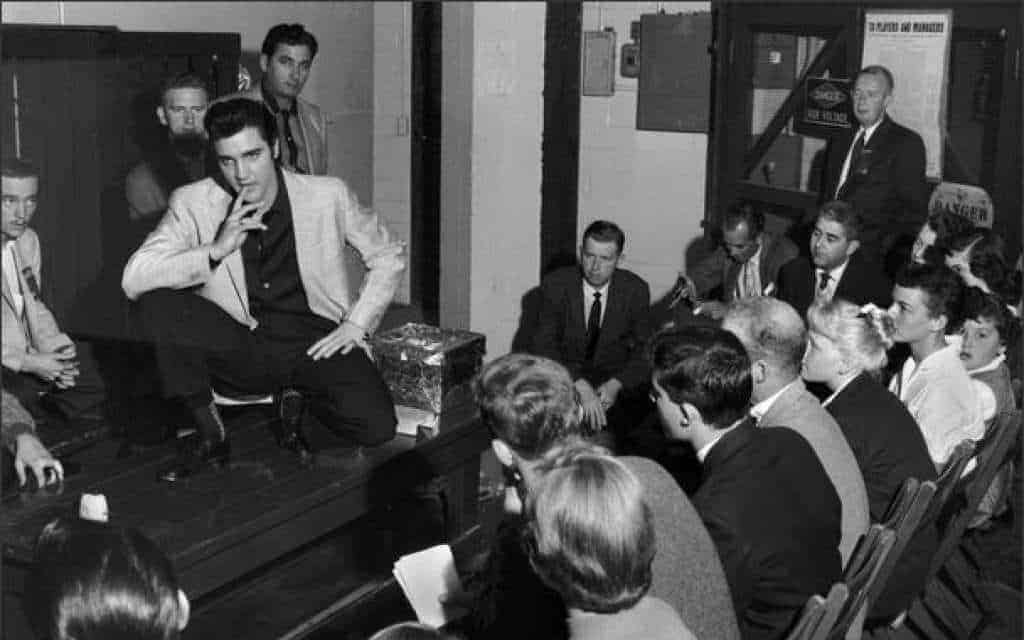Before the British Invasion of the 1960s, there was the American infiltration of the 1950s. American music had been popular during the Second World War in the British Isles, and when the war ended the taste for music from the United States was well established. American music began to change in the post-war years. Rhythm and Blues from the South, Chicago Blues from Midwest, and a new form of sound known as rockabilly all emerged. The sounds carried across the Atlantic to the British ports, chiefly in London and the northern port of Liverpool, where the records were devoured by British youth.

By the early 1950s in the United States, several forms of music were combined, absorbed into a new genre, including gospel, country, jazz, the boogie-woogie sounds of the jitterbug, and others. It did not yet have a name, but the sound already had enemies, concerned that it was corrupting the young of America. Centered around the saxophone, a jangling piano, and a thumping backbeat, the music found its popularity increased when it was supplemented with the electric guitar. Who gave it its name has long been debated, though the term appeared in Billboard Magazine as early as 1942, when it referred to the new sound as rock and roll. Here’s how America gave rock and roll to the world.
1. The rationing during World War II helped create a market for smaller bands

During the 1930s large bands presented the most popular music in the United States, with different styles of music appreciated in different regions. Gospel and country music were popular in Appalachia, gospel and blues in the Deep South, and rhythm and blues in many northern cities, particularly in the black neighborhoods. But radio programs, and the touring bands, were those of the big band sound. Glenn Miller and his Orchestra, in just four years, recorded and released 69 top ten records, surpassing the later totals of Elvis Presley and The Beatles. Miller, sadly, vanished while entertaining troops during World War II.
The war changed music in other ways. Traveling required priorities, gasoline was rationed, and the movement of troops clogged the rail system in the United States. Moving big bands became too expensive to make touring practical. Smaller combos, centered around the piano (which was usually owned or rented by the venue in which the group appeared) featured a bass, drums, a saxophone, and sometimes guitars. A musical style known as jump blues, an upbeat approach to basic eight-bar blues, became popular with these smaller bands, especially in Chicago and Los Angeles and their surrounding environs.

